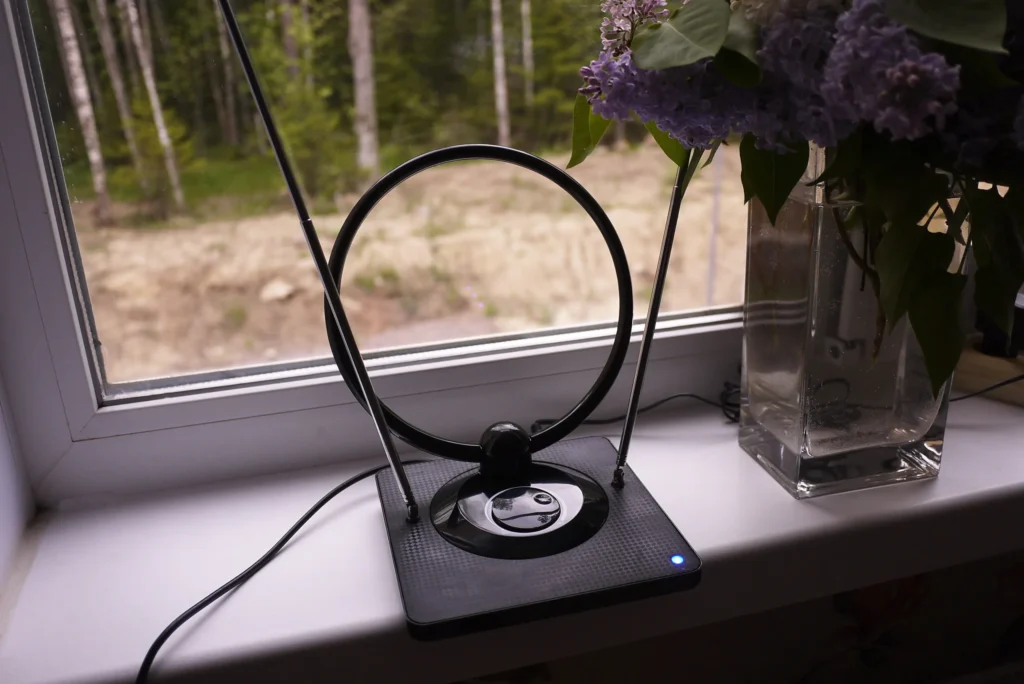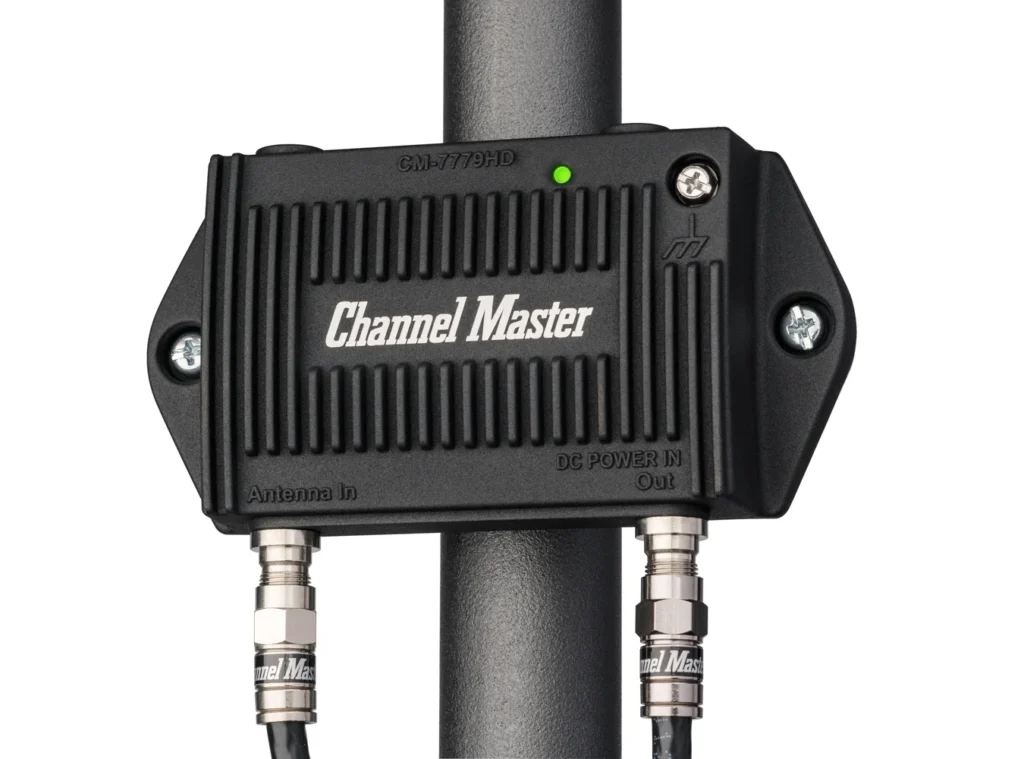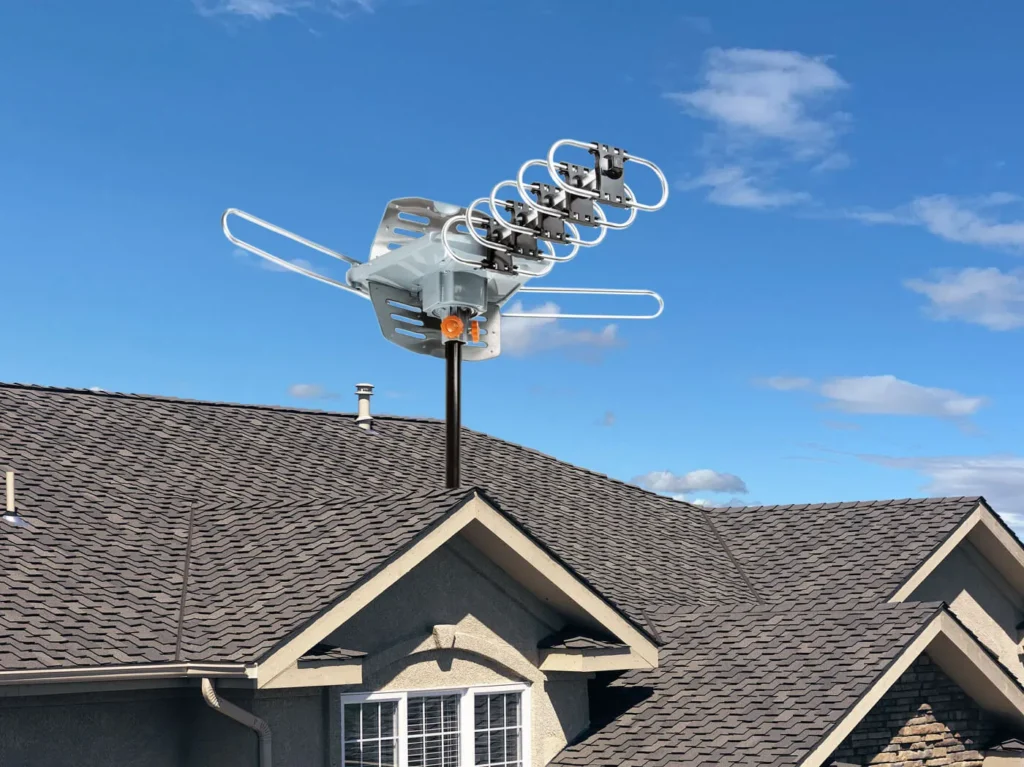Watching TV with a weak antenna signal can be frustrating. Fuzzy pictures, pixelated images, or missing channels can ruin your viewing experience. Fortunately, you can improve your TV antenna signal with simple, practical steps. This guide provides clear, actionable tips to boost your antenna’s performance, whether you’re a cord-cutter or just want better reception. Let’s dive into how you can get crystal-clear TV signals.
Understanding TV Antenna Signals
Several factors affect your TV antenna’s signal quality:
- Distance from Broadcast Towers: The farther you are from towers, the weaker the signal.
- Obstacles: Buildings, trees, hills, or even weather can block signals.
- Antenna Type: Indoor, outdoor, directional, or omnidirectional antennas perform differently.
- Interference: Electronics, power lines, or LTE cell towers can disrupt reception.
Understanding these factors helps you choose the right solutions to improve your signal. Recent advancements, like the ATSC 3.0 (NextGen TV) standard, available in about 80% of the U.S. as of 2024, offer better quality but still rely on proper antenna setup.
Tips to Improve Your TV Antenna Signal
1. Optimize Antenna Placement
Where you place your antenna significantly impacts signal strength. Follow these tips:
- Raise It High: For outdoor antennas, mount them 10-20 feet off the ground, ideally on your roof, to get a clear line of sight to broadcast towers. Indoor antennas work best near a window or on a higher floor, like the attic or second story.
- Avoid Obstructions: Keep the antenna away from metal objects, thick walls, or trees that can block signals.
- Test Different Spots: Move the antenna a few inches at a time, then check the signal. Small adjustments can make a big difference.

2. Choose the Right Antenna Type
Selecting the correct antenna for your location is key. Consider these factors:
- Indoor vs. Outdoor: Outdoor antennas generally offer better reception, especially if you’re far from broadcast towers. Indoor antennas are easier to set up but may struggle in rural areas.
- Directional vs. Omnidirectional: Directional antennas focus on towers in one direction, ideal for rural areas. Omnidirectional antennas receive signals from multiple directions, better for urban settings but more prone to interference.
- VHF and UHF Support: Most stations broadcast on UHF (channels 14-83), but some use VHF (channels 2-13). Ensure your antenna supports both.
3. Use Signal Amplifiers or Boosters
If your signal is weak, an amplifier can help. Here’s what to know:
- Preamplifiers: Installed near the antenna, they boost the signal before it travels through the cable, reducing loss. They’re ideal for long cable runs or weak signals.
- Distribution Amplifiers: Used when splitting the signal to multiple TVs, they maintain signal strength. Prices range from $40-$60 for reliable models.
- Caution: Amplifiers can also boost noise, so test without amplification first to ensure it’s needed.

4. Minimize Interference
Interference can disrupt your signal. Take these steps:
- Avoid Electronics: Keep the antenna away from devices like computers, microwaves, or fluorescent lights.
- Use LTE Filters: If you’re near cell towers, an LTE filter (around $10) can block 4G/LTE interference.
- Check Equipment: Ensure your TV, cables, and connectors are in good condition to avoid signal loss.
If you’re experiencing persistent issues, check out our guide on fixing TV no picture issues.
5. Rescan Channels Regularly
Broadcast frequencies can change, and new channels may become available. To stay updated:
- Run a Channel Scan: Use your TV’s menu to scan for channels every month or after signal issues.
- Check Tower Locations: Use tools like FCC DTV Maps or AntennaWeb to verify tower directions and available channels.
6. Check and Upgrade Connections
Poor connections can weaken your signal. Improve them with these tips:
- Use RG6 Cables: These are better for digital signals than older RG59 cables, reducing signal loss.
- Secure Connections: Check that all cables are tightly connected and free from rust or damage.
- Shorten Cable Runs: Use the shortest cable possible to minimize signal loss.
7. Consider Advanced Solutions
For challenging reception areas, try these options:
- Use a Rotor: If towers are in different directions, a rotor ($100-$200) lets you adjust the antenna’s direction.
- Install a Second Antenna: Combining two antennas can capture signals from multiple directions, but ensure proper setup to avoid interference.

Conclusion
Improving your TV antenna signal is achievable with these steps. Start by optimizing your antenna’s placement, choosing the right type, and using amplifiers if needed. Minimize interference, rescan channels regularly, and ensure strong connections. For tough cases, consider advanced solutions like rotors or additional antennas. Experiment with these tips to find what works best for your setup. Enjoy clear, reliable TV viewing!
Common User Questions
How can I improve my TV antenna signal?
Follow steps like raising the antenna, using amplifiers, and rescanning channels.
What is the best placement for a TV antenna?
High, near a window, or on the roof, with a clear line of sight to towers.
Do I need an amplifier for my antenna?
Only if the signal is weak; test without amplification first.
How do I find the direction of TV transmission towers?
Use FCC DTV Maps or AntennaWeb.
What type of antenna should I use?
Choose based on distance to towers and urban/rural location.

